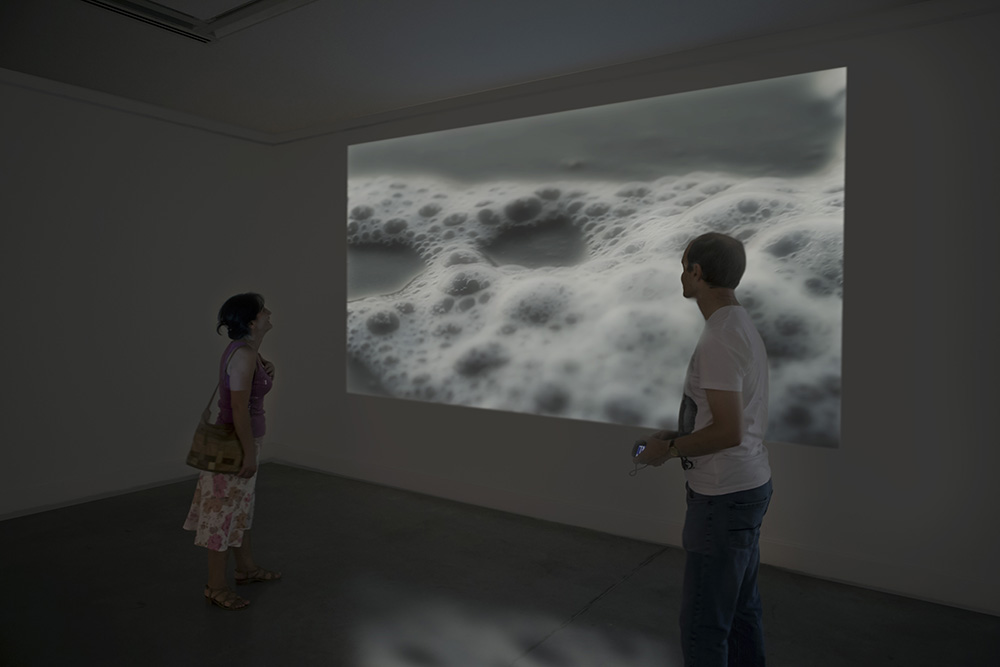Video Exhibition
Georgian National Museum
PUNCTUM CONTRA PUNCTUM II | Tbilisi, Georgia 2013
Georgian National Museum PUNCTUM CONTRA PUNCTUM II, an internationally significant collections of art and dynamic, changing exhibitions. Providing audiences with inspiration and knowledge of the wonderful world of culture, art, science and education.
The mission of PUNCTUM CONTRA PUNCTUM II is to reveal the main focus of cultural exchange and one-to-people connections through artistic creativity. Culture has a unique identity which is determined by its traditions. At the same time, culture expresses the diverse ways in which people living in different parts of the world categorize, represent their experiences, and work creatively. It makes one nation’s artistic language understandable for the others. Globalization provides the opportunity for all national cultures to share a world-wide system of values. PUNCTUM CONTRA PUNCTUM’s goal is to harmonize cultural diversity through the use of artistic inspiration.
Courtesy of the artist, Ministry of Culture and Monument Protection of Georgia, US Embassy in Georgia and “Art Contact Tbilisi”. Photo by Grimanesa Amorós Studio. Ajadores is in public ownership and under the Ministry of Culture through the General Directorate of Fine Arts (GDFA) and Georgian National Museum. Due to its characteristics, the building is part of the historical heritage and has been listed as Heritage of Cultural Interest.
PUNCTUM CONTRA PUNCTUM II
Video Exhibition
National Gallery of Georgian National Museum, Tbilisi, Georgia 2013
To read more about the museum, please click here.
PUNCTUM CONTRA PUNCTUM II was inspired by reshapes of a natural environment which mixes images of ancient Incan monuments, animations of my own face transformed with the lines of the torora reeds, circuit boards all of this imagery derived from Incan sun masks, and shots of sea foam washed up on the Peruvian coastline. I have recently shot the coastline for seven consecutive days at the same time, just when the sun sets and the moon rises.
It was impressive and miraculous to see that light would change from day to day. It leaves you in wonder!
Since my childhood, I have been attracted to the abstract visual quality of such landscapes. When traveling by plane, which I often find myself doing very often, I could always be found glued to a window, astonished by the preciseness of the terraced steps of places such as Machu Picchu, or by the patchwork pattern of the farmland below upon my latest arrival to the land of Israel.
The esthetic purity of these manmade vistas stood out in stark contrast to the untouched quality of their environments. As seen from above, the individual circular fields reveal intricate and unique designs. The vastness of these landscapes touched my practical sensibilities; I was astounded by the amount of technology necessary to their creation. This work demonstrates how competition for resources has lead not only to fascinating technological innovations, but also to many of the dire social and political situations in regions such as the Middle East.
Miranda encourages viewers to reflect on the inestimable impact natural environments have on human history, underlining fundamental sources of conflict in many sparse outposts of civilization. It compels us to question what is “natural” in allowing a glimpse of the cryptic but conspicuous signature we leave on the landscape of our planet.












